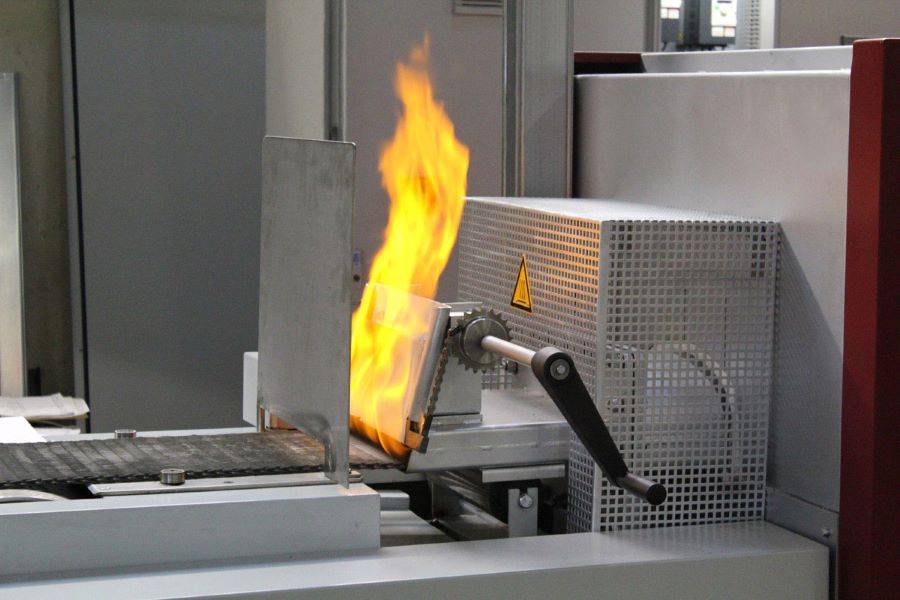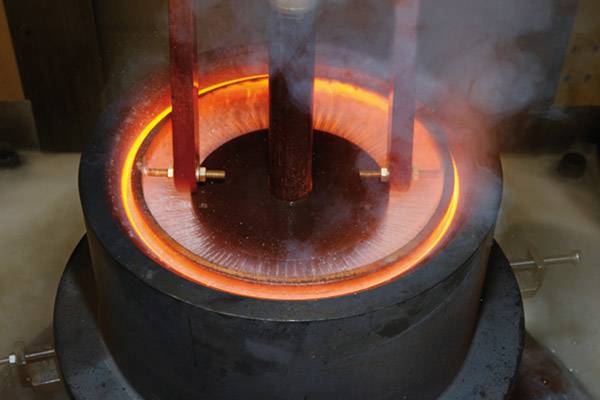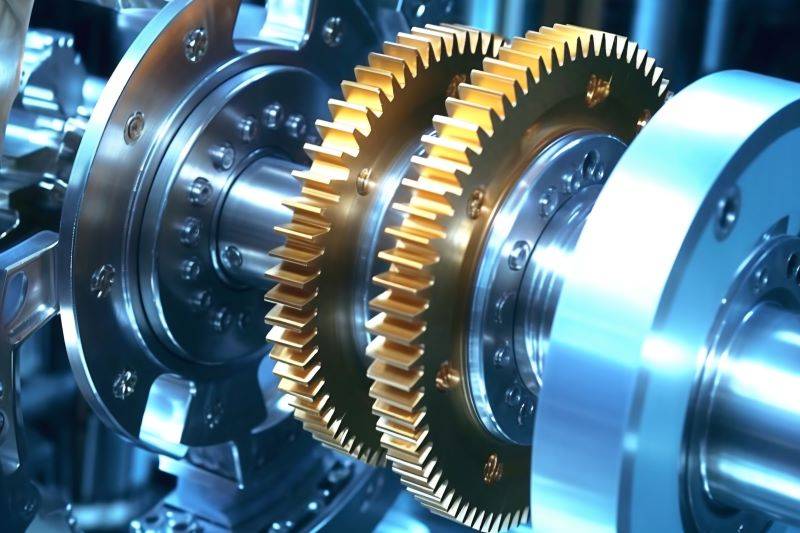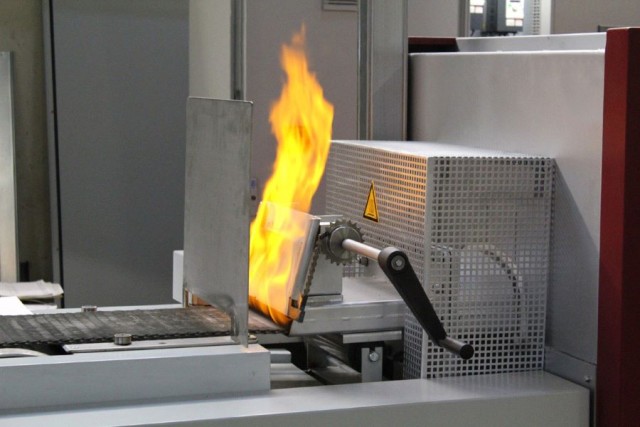Historical Development and Industrial Adoption
Historical Background
The evolution of metal heat treatment processing technology spans millennia, with early applications dating back to ancient civilizations. Techniques such as metal annealing, quenching, tempering, and normalizing were integral to the fabrication of ancient weapons in China, showcasing the early mastery of these processes.
| Technique | Description | Ancient Application |
|---|---|---|
| Annealing | Softening metals to improve ductility and reduce internal stresses. | Used to make weapons more malleable for intricate designs. |
| Quenching | Rapidly cooling metals to increase hardness. | Applied to enhance the durability and sharpness of blades. |
| Tempering | Reheating quenched metals to reduce brittleness and improve toughness. | Employed to balance hardness and toughness in weapon components. |
| Normalizing | Heating and cooling metals to refine their grain structure. | Utilized to improve the overall quality and uniformity of metal parts. |
These foundational techniques laid the groundwork for more advanced heat treatment methods, including the modern vacuum heat treatment processes that are now prevalent in industrial applications. The transition from ancient practices to contemporary vacuum technology underscores the continuous evolution and innovation in metal processing, driven by the need for superior material properties and efficiency.
Introduction of Vacuum Heat Treatment
The advent of vacuum heat treatment can be traced back to 1927 when the United States introduced the first VAC-10-type vacuum heat treatment furnace. This marked a significant milestone in the evolution of heat treatment technology, propelling it into a new era of precision and control. The development of vacuum heat treatment was not merely a technological advancement but a strategic response to the growing demands of various industries. In regions like Taiwan, the rapid industrialization and the urgent need for high-quality metal components accelerated the adoption and refinement of vacuum heat treatment technologies.
Vacuum heat treatment's rise to prominence began in earnest in the 1960s and 1970s, driven by market demands and advancements in graphite technology. This period saw the integration of vacuum furnaces into critical sectors such as aerospace, automotive, medical, and tooling, where precision and material integrity are paramount. The vacuum furnace, with its ability to create a controlled thermal environment devoid of atmospheric contaminants, became indispensable for enhancing the properties of metals and alloys.

The working environment of vacuum heat treatment is characterized by its ability to eliminate oxidation, decarburization, and other surface imperfections that are common in conventional heat treatment methods. This capability ensures that the treated materials maintain their structural integrity and surface finish, making vacuum heat treatment a preferred method for industries requiring high-precision components.
Moreover, the principles underlying vacuum heat treatment—such as degassing, degreasing, and the removal of surface rust—facilitate a cleaner, brighter surface on the treated parts. The dissolved gases within the metal are easily expelled, leading to a more refined and uniform grain structure. This not only enhances the mechanical properties of the material but also simplifies post-treatment processes, such as the elimination of pickling or sandblasting, thereby shortening the overall production cycle and improving product quality.
In summary, the introduction of vacuum heat treatment in the 1920s laid the groundwork for a technology that would revolutionize the heat treatment industry, particularly in regions like Taiwan where industrial demands necessitated rapid technological advancements. The subsequent developments in the 1960s and 1970s cemented vacuum heat treatment's role as a cornerstone in advanced manufacturing and materials processing.
Techniques and Benefits
Vacuum Annealing
Vacuum annealing, often referred to as "bright annealing," is a process that takes place in the absence of an atmosphere, typically in a vacuum or a partial-pressure atmosphere of inert gases like nitrogen or argon, and sometimes reactive gases such as hydrogen. This method is particularly favored for its ability to produce exceptionally clean and bright surfaces on metal parts. The vacuum environment facilitates degassing, degreasing, and the removal of rust, ensuring that any gases dissolved in the metal are easily discharged, leading to a pristine surface finish.
Following pressure processing, the metal grains often become deformed. Vacuum annealing restores these grains and promotes the formation of new, uniformly refined grains, thereby enhancing the overall mechanical properties of the material. This process not only refines the microstructure but also eliminates any residual stresses, improving the material's elongation and plasticity.
One of the significant advantages of vacuum annealing is the absence of any lubricant traces on the material's surface post-treatment. This dry surface condition allows for direct plating without the need for additional cleaning processes such as pickling or sandblasting. Consequently, vacuum annealing streamlines the production process, reducing costs and improving the overall quality of the final product.
| Benefit | Description |
|---|---|
| Surface Quality | Produces clean, bright surfaces by removing gases and impurities. |
| Microstructure | Restores and refines grain structure, improving mechanical properties. |
| Process Efficiency | Eliminates the need for post-treatment cleaning, shortening the process. |
| Product Quality | Enhances the overall quality of the product by ensuring a pristine surface. |
Vacuum Quenching
Vacuum quenching is a sophisticated process designed to enhance the quality and durability of metal components, particularly focusing on the surface layer. This technique is particularly beneficial for tool steel, ensuring that it meets stringent hardness requirements while maintaining an excellent surface finish. The process results in minimal deformation, uniform hardness distribution, and extended service life, all while simplifying post-processing and shortening production cycles.
One of the standout features of vacuum quenching is the surface brightness it imparts to the metal parts. This is achieved because the metal surface remains free from oxide films and oil impurities, which are typically volatilized during the process. Consequently, the metal parts exhibit a glossy, reflective surface, a significant aesthetic and functional advantage.
The quenching process itself is conducted in a controlled vacuum environment, using gases like hydrogenated nitrogen or pure nitrogen to prevent any atmospheric interaction with the metal. The material is heated to a critical phase change temperature, held for the necessary transformation time, and then rapidly cooled to trap high-temperature diffused elements within the crystalline structure. This trapped element distribution creates internal stresses that enhance the mechanical properties of the hardened part, such as increased strength and wear resistance.
Moreover, vacuum quenching offers a distinct advantage in terms of oxidation and decarburization prevention. High-alloy tool steel, which requires high quenching and heating temperatures, can experience surface carburization under vacuum conditions. This creates a thin layer of carburized material, resulting in higher and more uniform hardness compared to conventional quenching methods. The absence of soft spots further ensures the structural integrity and performance of the metal components.
The degassing effect of vacuum heating is another critical benefit, as it significantly improves the material's strength, wear resistance, anti-seizure properties, and fatigue strength. This translates to a longer service life for the workpieces, with reports indicating that the average life of molds can be increased by over 30%, with some cases seeing a fourfold improvement.
In summary, vacuum quenching not only enhances the mechanical and aesthetic properties of metal components but also offers a streamlined and efficient production process, making it a preferred choice in modern metalworking industries.

Vacuum High-Pressure Gas Quenching
Vacuum high-pressure gas quenching represents a sophisticated heat treatment process where workpieces are initially heated under vacuum conditions and subsequently cooled at high pressure using a high-flow-rate cooling gas. This method significantly enhances the surface hardness of the treated materials, making it a preferred choice for industries requiring precision and durability.
When compared to traditional quenching methods such as gas quenching, oil quenching, and salt bath quenching, vacuum high-pressure gas quenching offers several distinct advantages:
-
Superior Surface Quality: The absence of oxidation and carbon enhancement ensures that the workpieces maintain an immaculate surface finish, free from any discoloration or impurities.
-
Uniform Quenching: The process ensures excellent uniformity in the quenching effect, leading to minimal workpiece deformation. This uniformity is crucial for maintaining the dimensional accuracy of the components.
-
Controllable Quenching Intensity: The cooling rate can be precisely adjusted, allowing for greater flexibility in tailoring the quenching process to specific material requirements. This control is essential for achieving the desired mechanical properties.
-
Enhanced Productivity: By eliminating the need for post-quenching cleaning, the process significantly reduces production time and labor costs, thereby boosting overall productivity.
-
Environmental Friendliness: The absence of any environmental pollutants, such as harmful gases or residues, makes this method a sustainable and eco-friendly choice for modern manufacturing processes.
The high-pressure vacuum gas quenching furnace, with its advanced design and performance capabilities, is particularly suited for treating a wide range of high-precision parts made from materials like high-speed steel, die steel, stainless steel, alloy steel, and titanium alloys. These furnaces are engineered to provide rapid cooling and sintering features, ensuring that the treated components meet stringent quality standards.
In summary, vacuum high-pressure gas quenching not only enhances the mechanical properties of treated materials but also aligns with contemporary industrial demands for efficiency, precision, and environmental responsibility.
Vacuum Carburizing
Vacuum carburizing offers precise control over both the depth of carburization and the surface concentration of carbon, allowing for tailored metallurgical properties in the surface layer of metal parts. This process, conducted under low pressure, significantly enhances the surface hardness and abrasion resistance of the treated components while preserving the malleable core. Unlike traditional atmospheric carburizing methods, vacuum carburizing is conducted in a controlled vacuum environment, which eliminates the emission of CO2 and other harmful gases, making it an environmentally friendly alternative.
The effectiveness of vacuum carburizing is evident in its ability to achieve a deeper carburizing depth compared to conventional methods. This deeper penetration ensures that the benefits of increased surface carbon concentration are more uniformly distributed, leading to superior mechanical properties and longer service life for the treated parts. Post-carburizing, hardening and tempering are typically performed to further enhance the durability and performance of the components, leveraging the advantages of the vacuum environment to achieve optimal results.
In industrial applications, vacuum carburizing has been widely adopted, particularly for components like gears, where high surface hardness and wear resistance are critical. The technology was first developed in the United States in the 1950s and has since evolved with the development of various types of vacuum carburizing furnaces, making it a staple in modern industrial production.

Vacuum Tempering
Vacuum tempering is a critical process that ensures the preservation of the benefits derived from vacuum quenching. This technique is particularly essential for maintaining the integrity of materials that have undergone vacuum quenching, such as high-speed steels and alloy steels. The primary objective of vacuum tempering is to prevent oxidation, decarburization, and surface contamination, which are common issues in conventional heat treatment methods.
For precision tools that require multiple high-temperature tempering cycles and do not undergo finishing post-heat treatment, vacuum tempering is indispensable. Without it, the superior qualities achieved through vacuum quenching, such as a smooth, non-corrosive surface and uniform hardness, would be compromised. The vacuum tempering process involves reheating and cooling these materials in a specialized furnace, which guarantees precise control over temperature and cooling rates.
The synergy between vacuum quenching and tempering is profound. Vacuum quenching aims to enhance the mechanical properties of materials by inducing specific organizational transformations. This process often results in residual stresses within the material, which can be detrimental to its long-term performance. Vacuum tempering addresses these issues by reducing or eliminating quenching stresses, thereby improving the material's plasticity and toughness while maintaining its hardness and strength. This dual process ensures that the workpiece's dimensions remain stable, meeting the stringent requirements of precision engineering.
In summary, vacuum tempering is not merely an optional step but a vital component of the vacuum heat treatment process. It safeguards the advantages of vacuum quenching, ensuring that the final product meets the high standards of quality and durability required in advanced industrial applications.
Related Products
- Electric Heated Hydraulic Vacuum Heat Press for Lab
- Vacuum Heat Treat Sintering Brazing Furnace
- Vacuum Hot Press Furnace Machine Heated Vacuum Press
- Molybdenum Vacuum Heat Treat Furnace
- Vacuum Hot Press Furnace Heated Vacuum Press Machine Tube Furnace
























